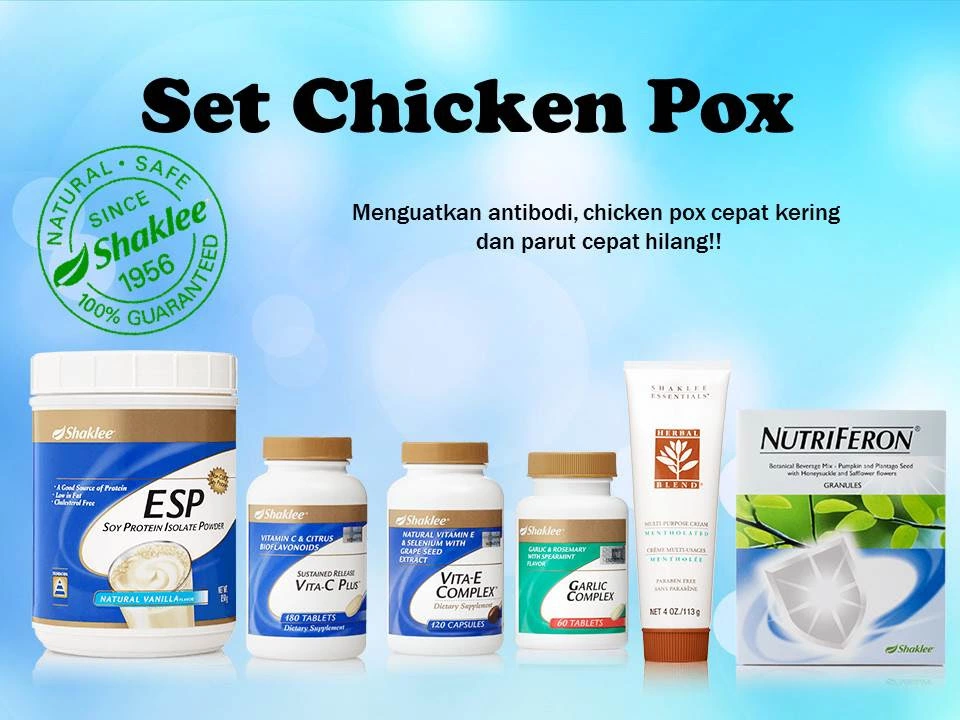Effective Treatment: Practical Steps to Improve Results
Research shows about 50% of patients with chronic conditions stop their medicines within six months, often before the treatment has a chance to work. That statistic tells you why "effective treatment" isn't just about the drug — it's about the plan around it. Here are clear, practical steps to get better results, faster.
Start with a correct diagnosis. Ask for tests or a second opinion if symptoms are unclear. Wrong diagnosis leads to wrong treatment and wasted time.
Aim for evidence-based choices. Choose drugs or therapies supported by good trials, not just online hype or anecdotes. If a treatment promises miracle results, be skeptical and ask for data.
Personalize the plan. Age, other illnesses, allergies, and current meds change what works and what’s safe. Tell your clinician about supplements, herbal remedies, and over-the-counter drugs — they matter.
Start, Monitor, Adjust
Start treatment with a clear goal. Is it pain relief, disease control, or cure? Agree measurable goals with your provider — pain score, blood pressure target, tumor shrinkage percent. Monitor early for side effects and response; small checks let you tweak dose or switch drugs before problems grow.
Medication Safety and Adherence
Safety starts with knowing interactions. Use one pill list — doctor, pharmacist and you should see the same list. If buying medicines online, verify the pharmacy credentials, look for real contact info, and avoid prices that seem too good to be true.
Stick to the schedule. Many drugs need steady levels to work. Set alarms, use blister packs, or ask for once-daily options if you forget doses. If side effects hit, call before quitting; small changes often fix problems.
Combine treatments smartly. Physical therapy, exercise, diet, or counseling often boost medication effects. For example, adding strength training to arthritis care often reduces pain meds and improves function.
Watch outcomes, not labels. A brand name doesn't always mean better results. If a cheaper generic gives the same lab numbers and you feel better, that’s effective treatment.
When treatment fails, be systematic. Check diagnosis, dose, adherence, and drug quality. Ask for specialist referral or imaging before adding more meds; piling on prescriptions makes side effects more likely.
Be realistic about risks. Every effective treatment has downsides. Weigh benefits against harms in plain terms — fewer pain days, more mobility, fewer hospital stays — and pick what matters most to you.
Talk openly. Say what you expect, what you fear, and what's practical for your life. Good communication makes good treatment.
If you want help picking treatments or verifying online options, check our guides on trusted pharmacies, drug alternatives, and safety checks. Use them to compare options and bring questions to your clinician.
Quick checklist: write your goals, list all meds and supplements, set reminders, ask for blood tests if needed, confirm pharmacy legitimacy, and plan follow-ups within four to eight weeks. If pain, side effects, or no improvement appear, don't wait — contact your provider and ask for a clear next step. Small, fast fixes often turn a failing plan into an effective one. Start today now.

